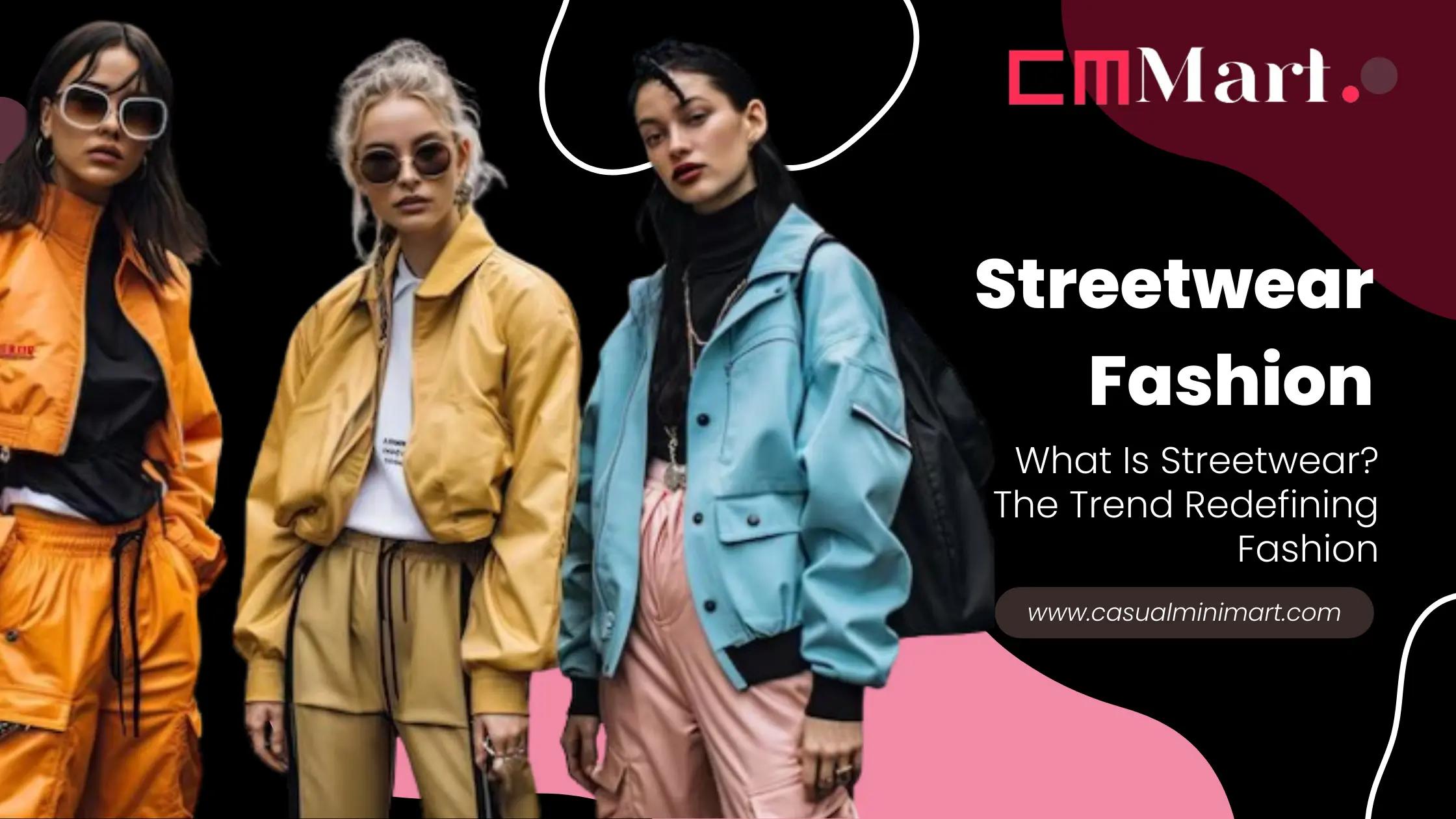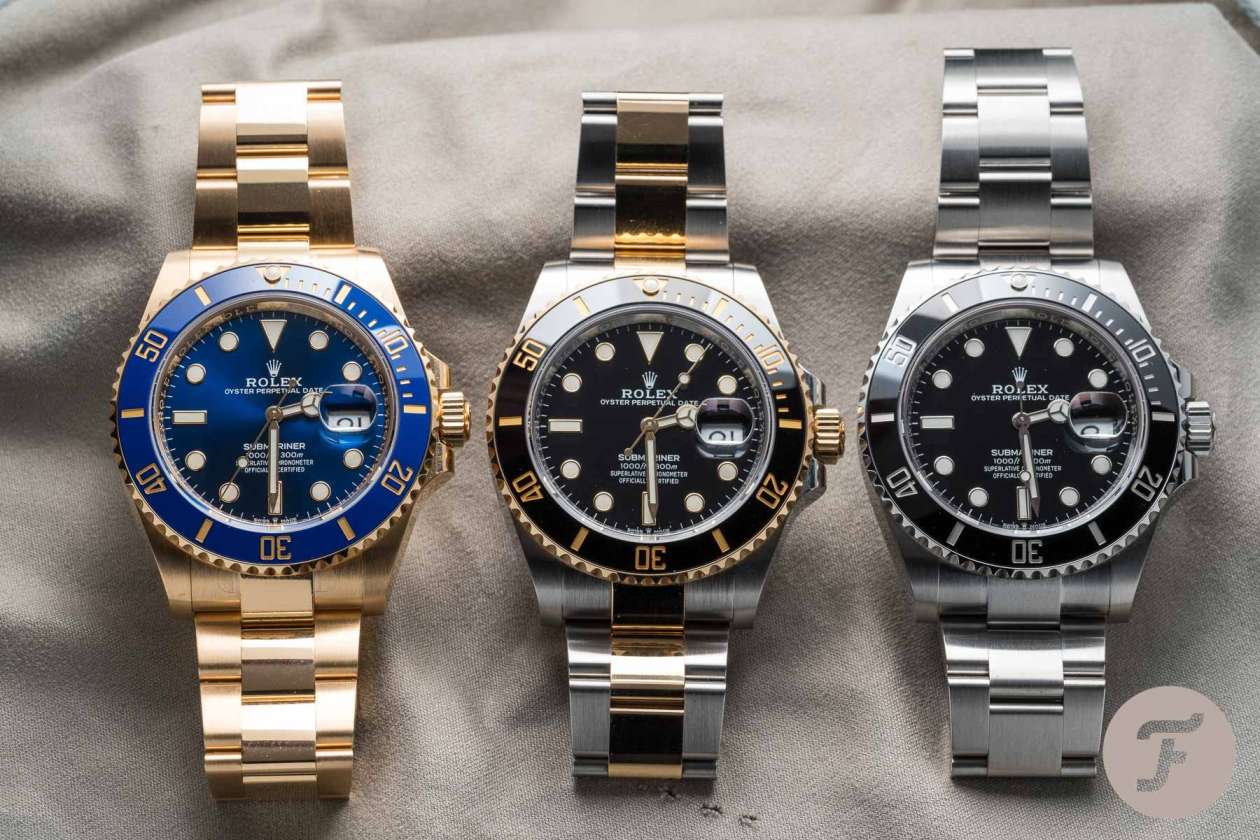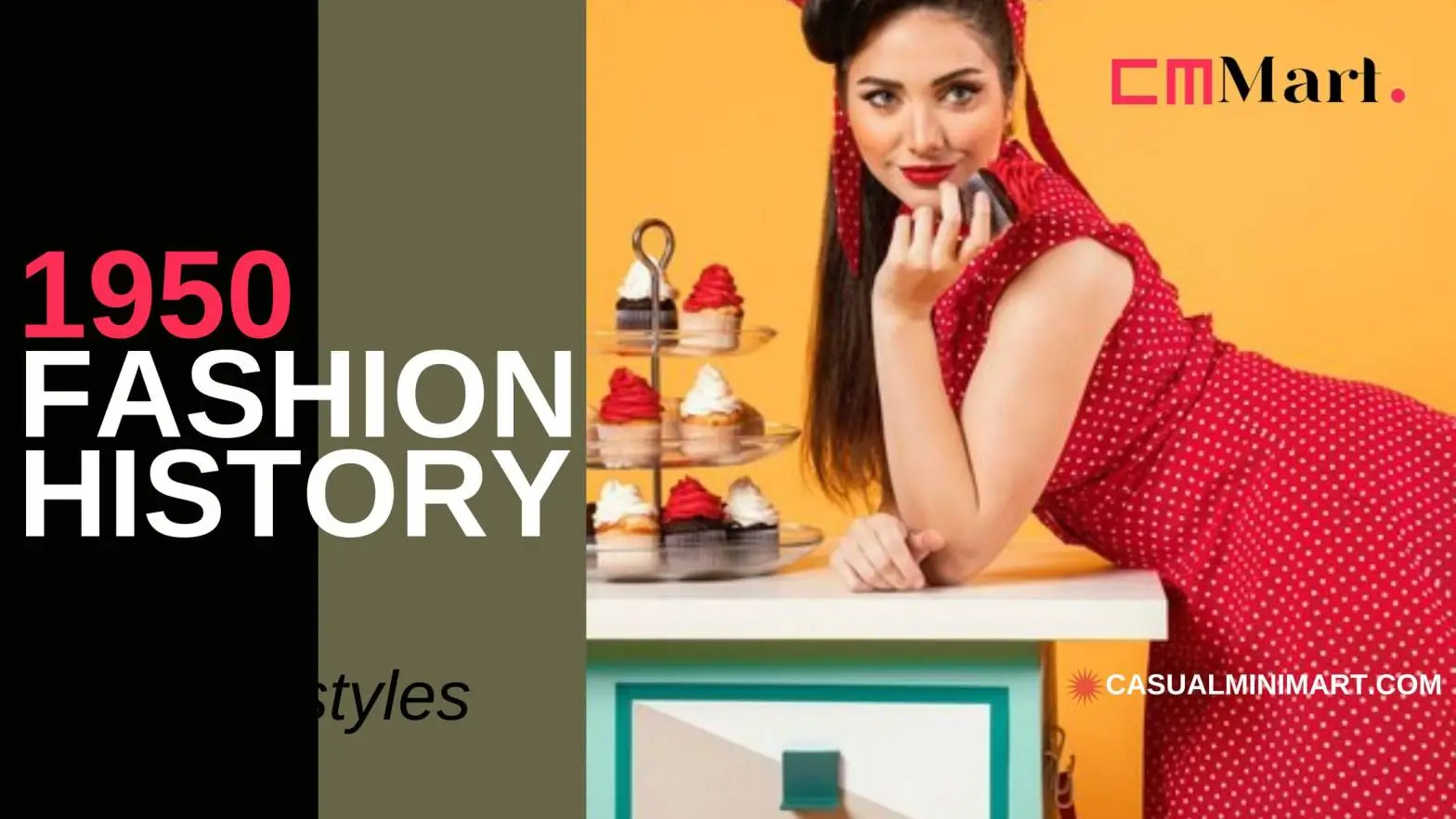Streetwear is a casual, youth-oriented fashion trend with its origins in urban culture. It evolved from the streets, combining sportswear, skate culture, and music influences. Comfortable and roomy shapes, graphic T-shirts, hoodies, shoes, and accessories like as hats are all key aspects of What Is Streetwear?.
We are therefore dissecting the most popular keyword in fashion—streetwear—to enable you to grasp the intricate, multi-billion dollar sector that has seized the global fashion landscape. You will be by the time you finish reading this if you weren't already a hypebeast.
What is Streetwear?
Streetwear's definition seems to be somewhat basic on first look. Streetwear, according to the fashion business, is informal, trendy clothes worn by adherents of popular culture. Most of these followers are under thirty, reside in cities, and belong to a subculture group that of skateboarders or hip-hop music lovers.
The fashion business struggles to define precisely what constitutes streetwear style. Among its many inspirations are skate and surf culture, hip-hop music, sports, high couture design, and K-Pop. Its clientele is also somewhat varied, covering all income level, socioeconomic level, and country of origin.
And no; we are not only becoming lazy. Streetwear fashion is much more than a general change in wardrobe towards casual wear. Behind the pricey t-shirts, mile-long queues at shoe launches, and designer labels placed on almost everything conceivable, is a lot more than first meets the eye.
Streetwear's Impact on the Standards of Fashion

Streetwear turns the conventional fashion model inside out. Designers and trend forecasters used to control what trends made it to the runway; buyers decided what fashions made it in-store; magazine editors advised readers what they should and shouldn't purchase for the next season. But today, driven by streetwear's mostly direct-to--consumer approach, it is the customers themselves creating trends.
Streetwear democratized more than just disrupted fashion. The internet age of today means that what we perceive stylish is greatly influenced by street style from high-status people such singers, celebrities, and influencers. Social media lets anybody launch their own clothes line or become an influencer. In streetwear, the millions of consumers enjoying, sharing, and retweeting that define the next trend instead of the fashion elite.
Rather than via conventional retail outlets, several streetwear companies sell only on their own websites. They also eschew a conventional runway schedule in favor of single product drops—sneakerhead jargon for a product launch. Limited number releases at a designated period allow firms to guarantee scarcity, boost buzz before the product sells out, and generate high resale value after product release. Certain product drops call for prospective consumers to join a lottery specifically for product shopping.
Streetwear as a Status Symbol
Luxury streetwear emphasizes fashion's multifaceted significance in our consumer society. The emblem on your chest or the shoes on your feet signify more than just the business that created them. A designer label on an object indicates prestige and exclusivity. These premium brands serve as social status symbols, reflecting your affluence and personal ideals.
In fashion, there are haves (Balenciaga) and have-nots (Zara knockoffs). Fast fashion welcomed streetwear and provided less expensive choices as not everyone can afford or have access to a unique pair of designer shoes.
Read Also : Top 10 Hottest Teenagers Fashion Trends in 2024
Streetwear is a reflection of pop culture
Streetwear serves as a mirror of the contemporary cultural scene. Street fashion evolves with the individuals who wear it. The industry's success may be attributed in part to its inclusiveness. Unlike other sectors of fashion, streetwear is often size-inclusive, gender-neutral, and created or worn by people of color.
The different musical genres that affect street fashion are one illustration of streetwear's relationship to pop culture. Hip-hop has always had a strong effect on streetwear. Yes, you can credit the 1980s and 1990s rap culture for gold chains, tracksuits, bucket hats, and white Nike sneakers. Hip-hop and fashion have a complicated connection that has existed for decades.
What Is the Concept of Streetwear?
Whether you're wearing an expensive designer shirt with a logo on it or a cheap one from Zeitgeist *wink, wink*, your wardrobe choices say something about who you are and what you value. Choose companies that align with your own style and fashion beliefs.
Streetwear fashion is incredibly personal and relies heavily on personal style, region, and financial level, thus there is no right or wrong way to wear it.
When did streetwear become a fashion trend?

Streetwear as we know it now began growing in the 1980s and 1990s.
The current streetwear trend in the United States has its roots in California's surf and skate culture. In the 1980s and 1990s, it was popular to decorate your board with cool stickers. Pretty soon, boarders weren't simply placing logos on their boards, but also wearing them. When MTV comes into the picture, the fad takes off.
Streetwear was also highly impacted by the early hip-hop fashion culture in the 1980s and 1990s. Sneakers, the most significant item in streetwear, originated in both hip-hop and basketball, which are largely Black subcultures. When rappers like Jay-Z, Snoop Dogg, and Biggie Smalls entered the public and players like Michael Jordan started selling shoes, this laid-back athletic-inspired style became an immediate sensation.
Must Read : Legwear as Unisex Fashion
Which are the top streetwear brands?
Streetwear brands are divided into four categories: original, sportswear, adopted, and luxury. Understanding the distinctions between various kinds of streetwear brands might be the difference between appearing like an OG and looking like a cheap imitation. Below is a rundown of who's who in the streetwear business.
Original
The first streetwear labels include Supreme, BAPE, Stussy, Palace, and Kith. Because of their heritage, they depend on exclusivity and brand awareness. While their items are often reasonably priced, they have a very high resale value. By selectively releasing a tiny number of an item, they guarantee that scarcity and demand remain strong. These businesses often re-release vintage shoes in new hues or with collaboration partners.
Sportswear
Sportswear and streetwear are frequently used interchangeably, owing to the fact that sportswear companies serve as the basis for current streetwear. These athleticwear companies have used the athleisure trend to broaden their offerings beyond sports-related performance gear and classic footwear. They manufacture the bulk of streetwear's most expensive item, shoes, giving them enormous financial leverage in the streetwear market.
Adopted
Adopted streetwear brands arrived late to the party. These businesses did not start out creating streetwear, but joined the movement when it became commercially viable. The majority of these firms' items reflect the patterns set by original streetwear labels. This also covers fast-fashion merchants that produce knockoffs of expensive streetwear products.
Luxury
Luxury streetwear businesses are relatively new in the fashion industry. They blur the distinction between iconic streetwear companies and traditional luxury fashion firms. While they prioritize maintaining loyal to their streetwear origins, they also provide higher-priced items that appeal to conventional luxury buyers. They serve as prestige symbols, relying mostly on exclusivity and scarcity.
Recommended : Retro Glamour: Dress to Impress with Classic Styles
FAQ's
What is the concept of streetwear?
Streetwear is a casual fashion trend that gained popularity in the 1990s. It contains graphic shirts, hoodies, sweatpants, and shoes that are both comfy and fashionable. Streetwear manufacturers draw inspiration from both hip-hop culture and skater style.
What are the criteria for streetwear?
Streetwear is often characterized by defying the norms of proportion by pairing giant t-shirts with skinny jeans or dropped-crotch sweatpants, but as the trend progresses, it is encouraged to just create creative and intriguing clothing regardless of fit.
How to make a good streetwear outfit?
The cornerstone of every excellent streetwear ensemble begins with the essentials. Purchase high-quality necessities including simple t-shirts, sweatshirts, denim pants, and shoes. These adaptable pieces may be combined with other statement-making pieces to create a balanced and unified appearance.








